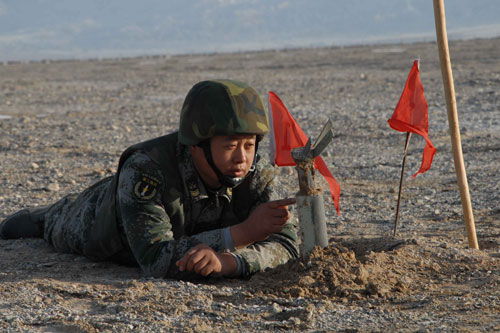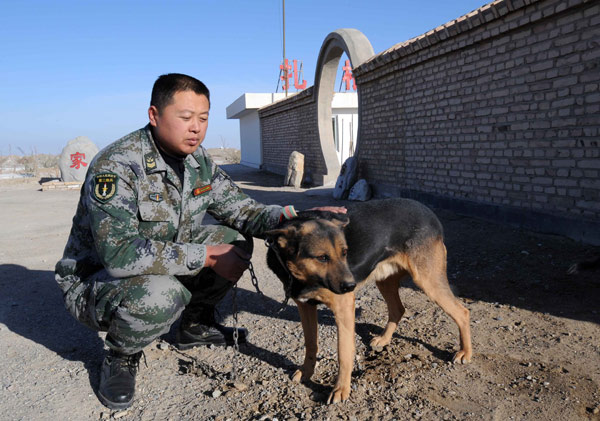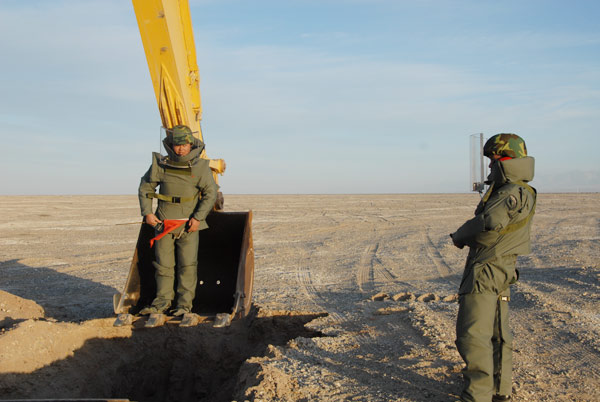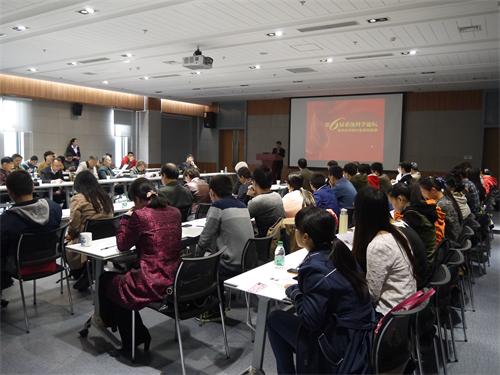The news from The Paper seems to be earlier and faster than expected. At this moment, Shanghai began to usher in the first wave of infection after the "New Ten Articles".
Since last week, almost every Shanghai resident has found himself or someone around him "caught". Omicron has spread rapidly in an unpredictable manner, and the number of positive infected people has surged. On December 22nd, Zhang Wenhong, director of the National Center for Infectious Diseases, said that Shanghai is expected to reach the peak of infection within one week.
At the other end of the shock wave, the medical staff stuck to the line of defense. Medical institutions are high-risk areas. Recently, many medical staff have been infected one after another. Now, most of the first infected medical staff quickly return to their posts after the symptoms are relieved, and make every effort to ensure the orderly operation of medical services.
On December 22nd, six first-line doctors from Shanghai 3A hospitals, district hospitals and community health service centers told The Paper (www.thepaper.cn) reporters about the current situation of hospitals and the status of medical care at this time. Some doctors were infected with Covid-19 not long ago, and they have not fully recovered. A slightly hoarse voice came from the other end of the phone; During the brief interview, they were still busy explaining their work matters.
Pressure, responsibility, worry, risk, mission … At this time, every doctor has too many things on his shoulders and is busy, which has also become a state of irresponsibility. Perhaps their voices are weaker than usual, but the power they emit is even more awe-inspiring.
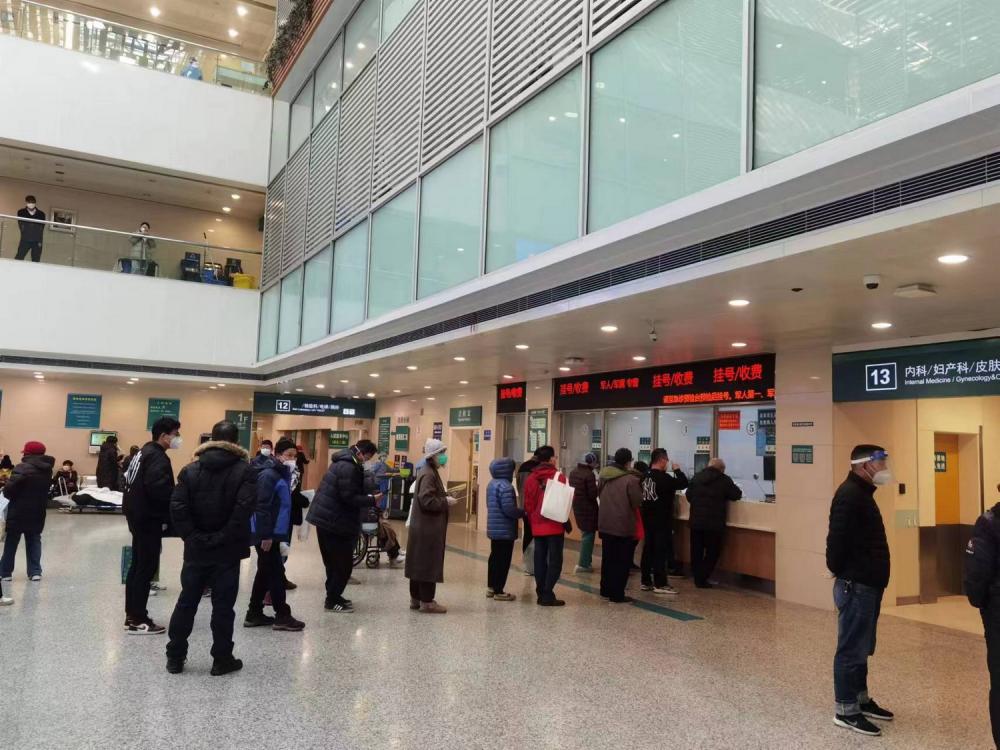
On December 22nd, in the emergency building of Shanghai Changhai Hospital, the number of visits was much higher than before the current epidemic. The picture in this article is provided by the interviewee.
The infection of medical staff is earlier and faster than that of society, but the emergency can’t stop for a moment.
Narrator: Wang Meitang, Director of Emergency Department of Shanghai Changhai Hospital
I haven’t left the hospital or the emergency department since this wave of epidemic. I was infected with the virus on December 16th, and the symptoms were very serious that day. I lay in the office for a day and returned to work on the 17th. Because the emergency department is very busy and stressful recently, I really don’t have time to rest. My symptoms have been much better these two days, such as stuffy nose and sore throat, which basically do not affect my work.
Stress can be seen from some data. On December 21st, the number of emergency visits reached 1,517. Before this wave of epidemic, the number of emergency visits per day was about 800 to 900, but now it has almost doubled and is still climbing. In the emergency building, most patients will leave after seeing the doctor, and seriously ill patients will be diverted to the inpatient ward after rescue. There are about 20 temporary observation patients stranded in the emergency room at ordinary times, and now it has reached more than 50. These patients are all our care.
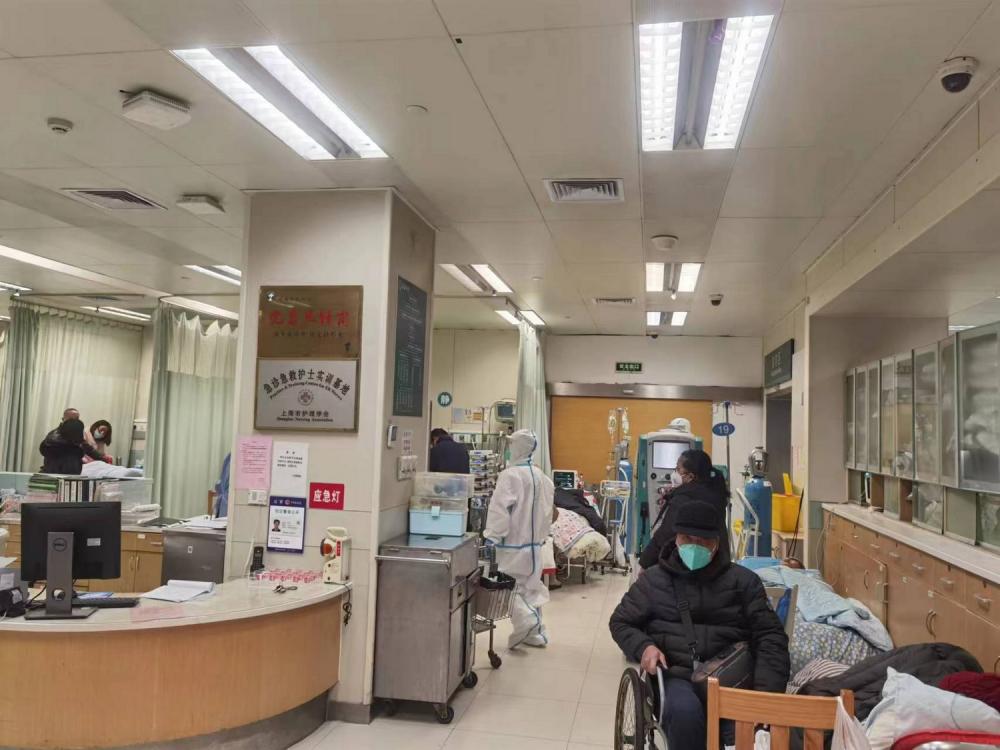
On December 22nd, in the emergency building of Shanghai Changhai Hospital, the number of visits was much higher than before the current epidemic.
On the other hand, the infection of medical staff is earlier and faster than that of society. I think this is understandable. First, because medical staff themselves are members of society, they have the same risk of infection in the community as ordinary people. Second, with the surge of medical staff, the risk of hospital environment is higher than that of society, and medical staff have to face such risks every day.
Judging from the situation in the past week, nearly 80% of our more than 100 emergency medical staff have been infected with COVID-19, which is really cruel. Most of the emergency doctors and nurses are young and middle-aged, all of them have been vaccinated, and the symptoms are generally in the upper respiratory system, such as fever, cough and headache, but there are still medical staff who even have high fever for four or five days, which is very distressing.
At present, most of the medical symptoms have been relieved, and they have all returned to their posts, which is remarkable. As we all know, the emergency department can’t stop for a moment. The hospital has also been sending staff to support emergency and fever clinics, but to be honest, working here for two or three days will soon face the risk of infection.
As the head of the emergency department, my responsibility is self-evident, and I dare not slack off. In addition to management matters, now I insist on making rounds every day, always on the front line, and my colleagues go all out to ensure the smooth operation of the emergency department.
Under such a high-pressure environment, our colleagues have become "yang" one by one.
Narrator: Emergency doctor of Huashan Hospital affiliated to Fudan University in Gao Jiamin.
On December 7 th, a big white background photo was circulated in the circle of friends, and the three characters of "the end of the whole drama" behind it poked the cheers that had been suppressed in our hearts for three years. However, we are well aware that after the "liberalization", the medical system, especially the first portal of hospitals, fever clinics and emergency departments, will face the biggest challenge in the past three years.
The isolation ward on the second floor of the fever clinic first accepted the hospitalization task of the patient under observation. On December 12th, the situation of the fever clinic was still under control. From December 13th, the "painting style" began to change. Not only were there more and more people with high fever, but also COVID-19-positive patients with hospitalization needs began to appear.
At 16: 50 on December 13th, I received a message from a fever clinic doctor that a 27-year-old female patient with neurogenic bladder, positive for antigen, had undergone left nephrectomy and ureterovesical reconstruction, and had high fever with low back pain and dysuria for 2 days. When I saw the patient in the hall, she was sitting in a chair and her spirits were very low. I learned that her parents are far away from Beijing, and the whole family, including her elderly grandmother, is suffering from high fever. She has a very obvious low back pain after high fever, and she is very worried that her only kidney will be affected.
After admission, we actively evaluated her condition, and through drug treatment, her urinary tract infection was quickly controlled. As the low back pain continues, she is very anxious and puts forward a lot of demands, and we will fully communicate with her every time. In the end, her condition was completely relieved. Before leaving the hospital, she said that she would send banners to our fever clinic and emergency department, and said, "Maybe you don’t think it is necessary, but for me, you saved my life."
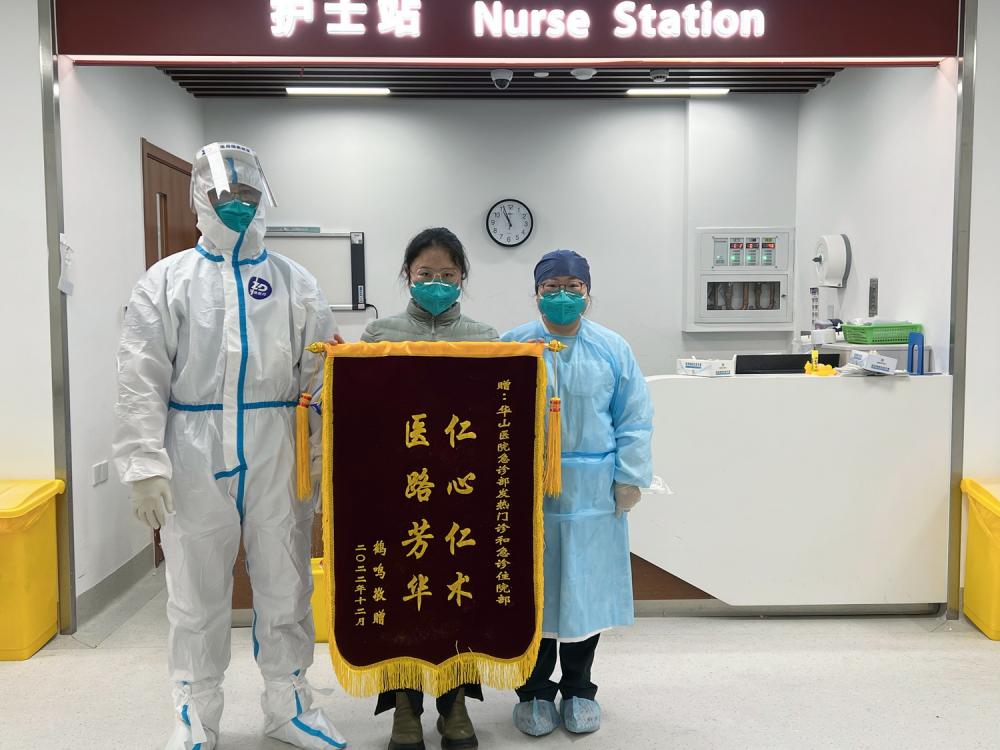
Recently, Huashan Hospital affiliated to Fudan University received a banner from a positive patient in the isolation ward of fever clinic.
Since then, we have devoted ourselves to the treatment of other positive patients. There are a lot of patients, including people with serious basic diseases. We need to help them with lumbar puncture and deep vein puncture in the isolation ward … In such a high-pressure environment, our colleagues have become "yang" one by one, and some colleagues have to take a short break under the high fever.
Dr. Wang Xinxin, who just joined Huashan Hospital this year, and I encouraged each other to drink more water, milk and fruit, so as to preserve our strength and strive for "sunset". When many comrades fell down beside them, two original people in the isolation ward had been working overtime for a week to collect patients and write medical history to ensure the orderly diagnosis and treatment of positive patients. At the same time, under the protection of the isolation ward, colleagues who are completely asymptomatic continue to work.
At the end of the night rounds, I passed by the transitional rescue room. When I saw the patients who were still temporarily under observation, I looked at the brothers and sisters who were sticking to their posts, looked at the busy figures in each post, and then looked at the first pennant in the isolation ward, and my heart was filled with infinite emotion. Perhaps this challenge is unprecedented, this rainstorm is violent, but as long as we work together, it will eventually be the last darkness before dawn, and if we break through the darkness, we will see the light.
General practice is almost wiped out, but we can’t stop working because of a fever.
Narrator: Zhang Jiaxiong, Director of Otolaryngology, Shanghai Tenth People’s Hospital
This wave of epidemic situation is grim. When we examine patients, almost all patients need to take off their masks, so our otolaryngology department is a high-risk post. After this wave of infection, the whole department is almost "completely annihilated". Of the more than a dozen employees in the department, only one is not infected with Covid-19, but she also has mild symptoms of sore throat. My wife and children are also infected. In the past two days, my fever has reached nearly 39 degrees, and my throat is particularly painful. I feel that the disease is still developing.
However, everything in the department is still running as usual. We can’t go to work because we have a fever. We have to go to the specialist clinic, and the operation and emergency should be as usual. Everyone is basically sick and feverish, working and on duty in the front line. If a colleague’s symptoms are serious and he can’t persist, the person with lighter symptoms will help him put his class on top and make some adjustments to the shift schedule. Everyone will carry forward the spirit of unity and mutual assistance.
Now doctors, nurses, anesthesiologists and patients are all infected and feverish, and the number of our patients is still increasing. Because of the characteristics of the specialty and the need for patients to take off their masks, the risk is higher than that of fever clinics. At the same time, because many people infected with Covid-19 have symptoms such as sore throat, dry throat and itching, our outpatient department and emergency department are under great pressure, which has become the reason why we can’t stop.
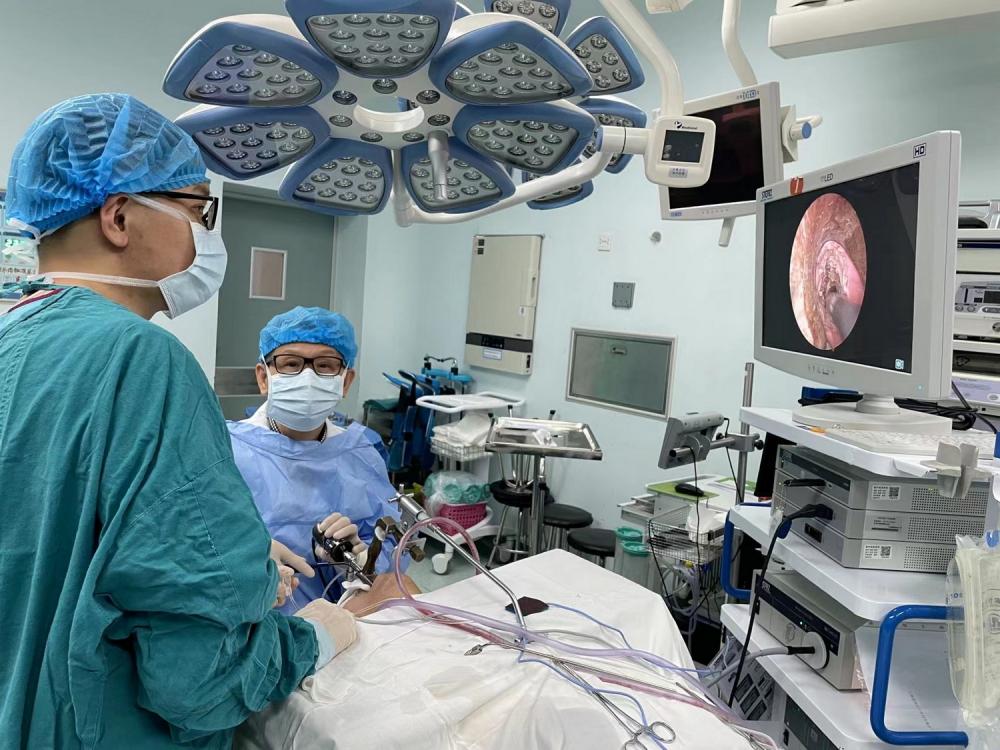
Recently, Zhang Jiaxiong (first from right), director of the Department of Otolaryngology, Shanghai Tenth People’s Hospital, performed an operation on the patient.
In the process of diagnosis and treatment, we take "one-level plus" protective measures, that is, wearing hats, masks and face screens, plus anti-dressing. Our emergency doctors are the hardest, because the emergency department is open 24 hours a day, and they can’t refuse patients. The longest duty time for emergency medical care is 24 hours, and they can’t get off work until 8 am the next day. If there is surgery, they can’t get off work. As far as I’m concerned, I take an expert clinic in the morning and handle the operation in the ward in the afternoon. It is definitely uncomfortable to wear a mask to work for a long time when you have a fever, but we must persist, persist and persist.
I think at present, it is incumbent on us as medical staff to bite our teeth, tide over the difficulties together and face the impact of this epidemic together. If it used to be based on social prevention and control, now is the time for hospitals to really face the test.
So at this time, as a medical worker, as a Communist party member, and as a department director, I must also rush ahead and command from the front. If I hide behind alone, other employees will see it, so every day, no matter how high my fever is, I am the first to go to work and the last to leave, in order to give you a demonstration and become the backbone of the staff in the department.
The peak of infection hasn’t come yet, and we are actively expanding the beds for severe illness and rescue.
Narrator: Director of Emergency Department, Fengxian District Central Hospital, Chen Kang.
Recently, the number of emergency cases received by the emergency department has increased significantly, and the focus of our department is also here.
There are so many patients who need to be rescued, mainly from two parts. First, because the weather turns cold, some patients with basic diseases get worse and are sent to rescue. The other part was sent by patients with basic diseases complicated with respiratory diseases for rescue. Therefore, the total number of patients now is twice or even more than that before this round of epidemic.
There are 70% to 80% infected medical staff in our department. Generally speaking, there are no symptoms and they will return to their posts soon. Of course, departments and hospitals will seek the opinions of rehabilitation personnel, and only when their physical symptoms are relieved and they are willing to return to work will they come back, and at the same time, they will arrange work for those who return to work as much as they can.

Recently, Fengxian District Central Hospital.
I am under great management pressure as the director of the department. For example, every day, there are new situations and new problems. In the past, the schedule was arranged every two weeks and once a month. Now it is arranged once a day or even half a day, and people should be coordinated every day.
The admission of patients to the hospital is also one of my recent key tasks. With the increase of patients, beds and wards have become very tense. It is definitely not possible for patients to be confined to the emergency department, and problems such as hospitalization and discharge need to be solved.
I’m more worried about the trend of the peak infection now. When it will come, we should prepare in advance. At present, although the number of critically ill patients has increased, the peak has not yet come, and the elderly and people with basic diseases will be about two weeks later than the peak of social surface infection. After these people are infected, the rescue pressure of medical institutions will be great. We are actively making preparations to expand the beds for critical illness and rescue.
There’s nothing else to say. In the event of such a century epidemic, we must rush up. This is also the duty of medical staff, and we must go all out. Otherwise, what should we do? It’s not only the medical staff who are under pressure, but everyone is facing challenges. Only with the concerted efforts of Qi Xin, we can get through this epidemic together.
I really want everyone to go back to rest, but the medical staff has gone back to rest. What about the residents?
Narrator: Zhang Jianmin, Deputy Director of Changbai Community Health Service Center in Yangpu District, Shanghai.
These days, my feelings are very deep, and it is really not easy for everyone. I found that when meeting with you, many people’s voices were "pulled".
Last week, we were informed to start the deployment. This Monday (December 19th), our fever sentinel clinic was officially opened, and 54 people were admitted that day. The number of people basically doubled the next day. In recent days, the number of patients in this clinic has reached more than 100 every day. In order to serve as many residents as possible, we can only make some dynamic adjustments. On the first day, we dispensed medicine for residents for about three days, and then changed it to two days later.
At the same time, the statistics of our community health service center today are: 97 medical workers, 49 on the job; 16 logistics workers, 4 on the job, others are infected. Some of the employees on the job are symptomatic, but everyone is really "slightly injured."
To be honest, I really want everyone to go back to rest, but our medical staff has gone back to rest. What about the residents? I am very moved that all of us have the same heart. As long as we can support it, we want to go to work. We also have two doctors, Yuan Jin and Zhang Lei, who actively responded to the call of the municipal government and joined the emergency temporary medical rescue team, which really stepped forward at a critical moment.
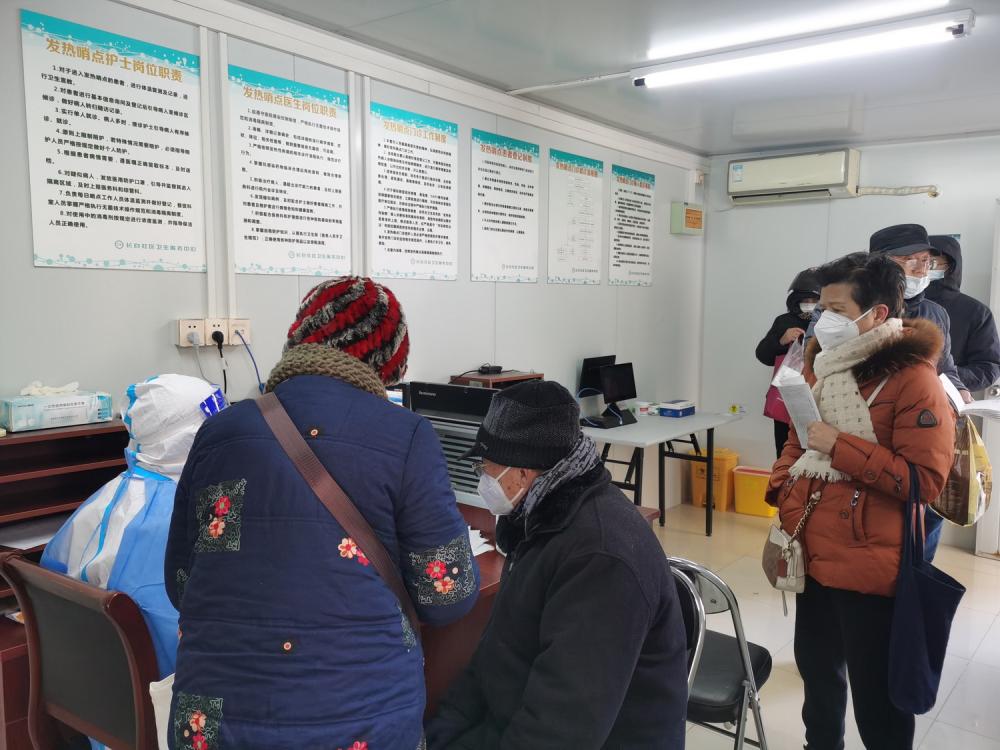
Recently, Changbai Community Health Service Center recently visited the site.
At present, our manpower is very precious, and the more tired we are, the easier it is for the virus to take advantage of it. Therefore, we also hope to adjust everyone’s workload as much as possible. For example, if patients come to see a doctor and prescribe medicine in the morning, we will try our best to let employees with less things at hand go home and rest in the afternoon. The center is also trying to replenish some materials for everyone. Frankly speaking, yellow peaches are not easy to buy, so we gave lemons or something to the employees.
I’ve been working at the management level for a while, and it’s actually the sixth day of infection. Today I officially returned to work, but I had to deal with my work at home a few days ago.
Frankly speaking, I am also very sad every day, except for bedtime, things are full. In the morning, I mainly look at the situation of the outpatient service and whether there are enough people in the post; In the afternoon, I will take a look at the situation of the medicine, which is enough for a few days; I will also attend the dispatching meeting of the higher authorities and communicate with the employees.

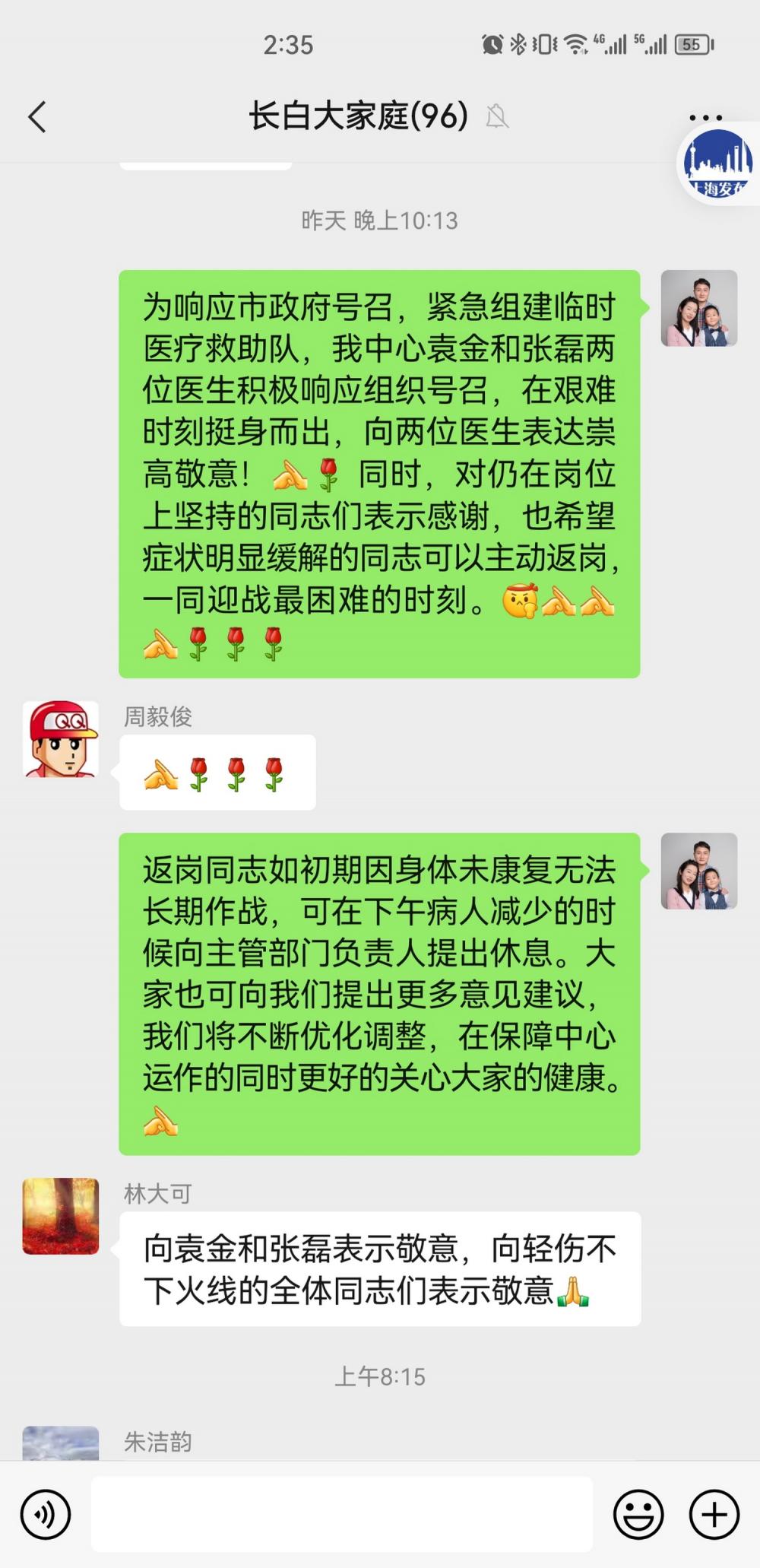
Recently, in the friends group of medical staff and WeChat group of Changbai Community Health Service Center, everyone encouraged each other.
Including our community health service center and vaccination work, in this special period, this part of the work may also face downsizing. We must find ways to deploy and arrange limited personnel to the most needed positions to ensure the operation of our center. After consultation with the street, we can only stop the vaccine door-to-door service, but the work of the vaccination point is still in progress.
In addition, in order to cope with the emergency treatment of severe patients who may come later, our community should also undertake some research and health monitoring work for high-risk groups and susceptible groups, including the elderly, infants, pregnant women, people who need hemodialysis, cancer patients, etc. Of course, we are also doing this part of the work every day. We need family doctors and neighborhood committees to cooperate in this work, and now both of them are facing the problem of downsizing, so the workload of colleagues who are still on the job will also increase.
I think the hardest thing is only these two weeks. I believe that when the peak passes, it will gradually return to normal. My wife is also a doctor, and she has been very busy recently. A few days after I had a severe fever, she still had to go to the hospital, and especially told our first-grade son not to come to my room. The child still understands and understands. Last week, he drew me a card. I saw it later, and it was really touching.
As long as my physical condition permits, I will always stick to my first-line position.
Narrator: Endocrinologist, tongji hospital, Liu Guanghui.
After the introduction of the "New Ten" optimized prevention and control policy, our hospital immediately opened a positive clinic, an Internet hospital fever clinic and a positive patient ward in COVID-19. As a physician, I was also transferred to support the work of positive clinic and emergency department.
During the defending war of Great Shanghai in the first half of this year, I participated in the rescue work of three shelters. In the second half of this year, I signed up for the support of Sanya shelter in Hainan and had some anti-epidemic experience. In the positive diagnosis area, I am mainly responsible for helping some positive infected people with chronic diseases to prepare medicines, giving patient answers and professional treatment. In the epidemic, once this kind of people stop taking drugs and the basic diseases are not controlled, they may be in danger of developing into severe diseases. In addition, these patients have been infected with Covid-19. If they go to the outpatient clinic to get their prescriptions, there is bound to be a risk of cross-infection. The establishment of a positive clinic will help reduce the risk of infection in the whole outpatient clinic.
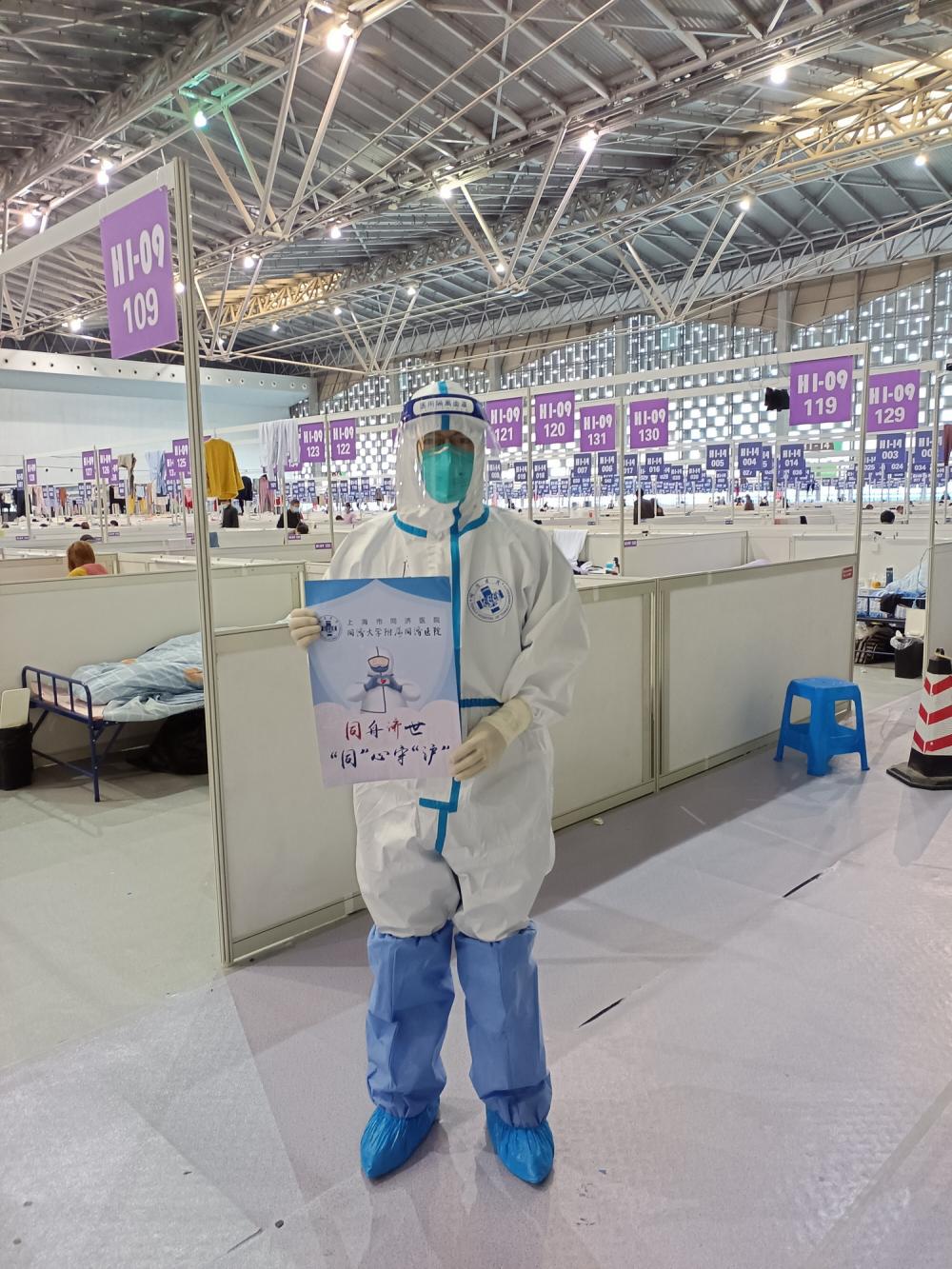
Liu Guanghui, an endocrinologist from tongji hospital, Shanghai, once worked in Shanghai Shelter (data map).
While working in the positive clinic, I also take care of the work in the fever clinic of the Internet hospital. I meet many patients who are worried about COVID-19. I will give them comfort at the first time, evaluate their condition and give guidance in drug treatment. For some mild cases, I will suggest that they can use antipyretics, cold medicines or cough medicines at home first, so as to reduce their rush to the hospital and avoid the risk of cross-infection. For some people with basic diseases, I will comprehensively judge whether it is necessary to come to the hospital for further diagnosis and treatment according to their situation.
With the recent increase in the number of fever clinics and emergency treatment, the work intensity has suddenly increased, and many medical care workers have been infected one after another. Faced with the situation of combative "downsizing", I was immediately transferred to emergency support, and I have been working for a week now. In the emergency room or temporary observation room, most of the recent arrivals are positive. They may be complicated with basic diseases such as coronary heart disease, chronic bronchitis, emphysema and diabetes, and even have the risk of sudden death at any time. We need to identify these critically ill patients and prevent them before they happen.
Every time we take over, we not only have to deal with the patients handed over from the previous class, but also receive new patients from time to time. The nerves are very tight throughout the work. The whole medical process needs the full cooperation of medical care and other links, from pre-examination and triage to final diagnosis and treatment, every step needs to be meticulous. As Director Wu Xianzheng of the Department of Emergency Medicine said, Tongji Emergency Department spent sleepless nights to protect every patient, risking high risks and fighting at the forefront of the fight against the epidemic. "243650"-24 hours, 365 days and 0 rest, this is the solemn promise of Tongji emergency patients!
As long as my physical condition permits, I will always stick to my first-line position. I’m also a party member, so I go to help wherever I need it. Here, I would also like to appeal to some patients with chronic diseases to pay attention to the observation of their own condition during their stay at home, and come to the hospital in time in case of wheezing and dyspnea. If the condition is stable, you can carry out some moderate home exercise at home, but the intensity is less than usual, while maintaining regular work and rest and developing good eating habits.
Help each other in the same boat, I hope we can win the battle against the epidemic as soon as possible!
Original title: Self-report of six first-line Shanghai doctors: Perhaps the biggest challenge in three years, we must go all out.
Editor: Yang Sihai
Editor: Zhou Shangdou
Audit: Feng Fei

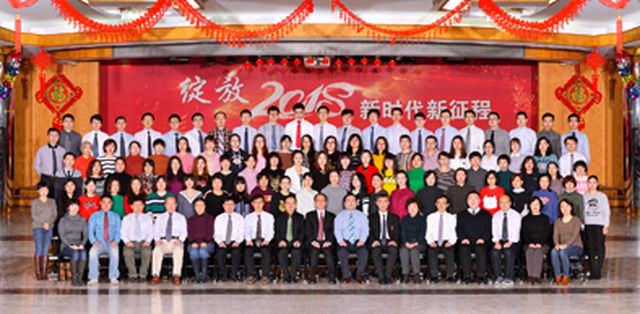
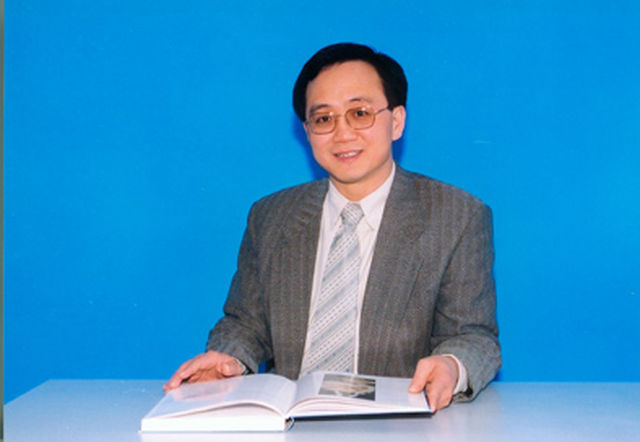
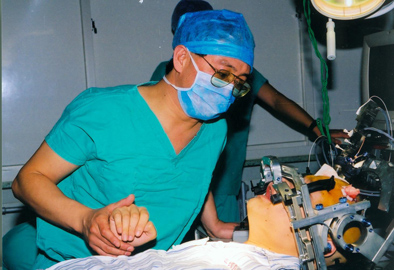
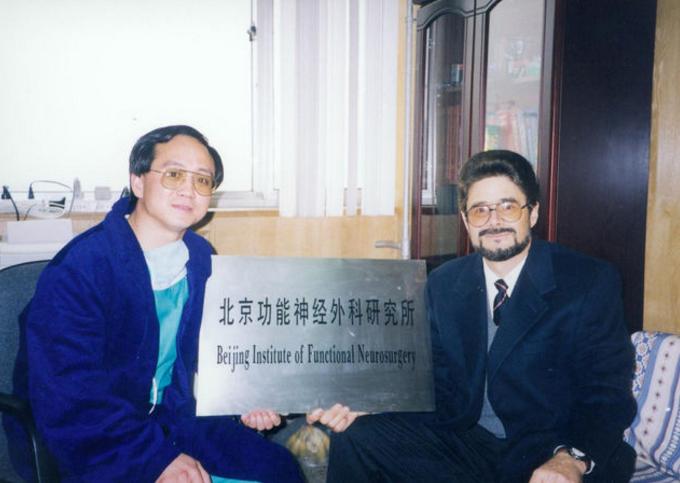
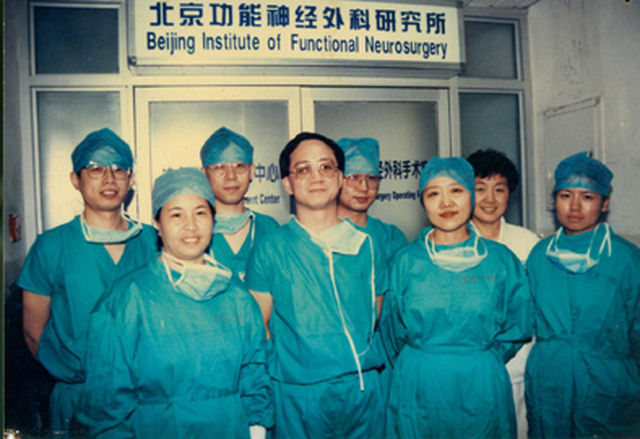
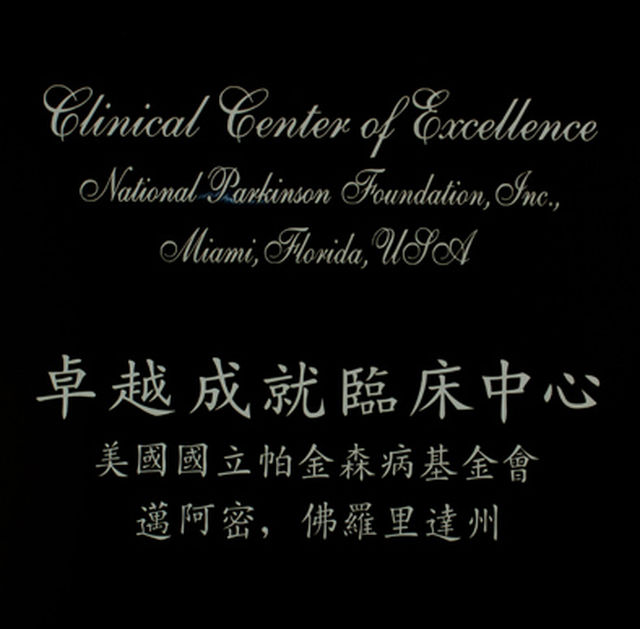
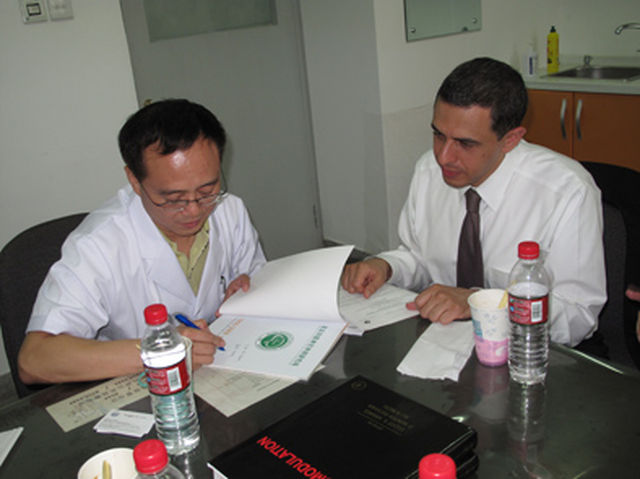
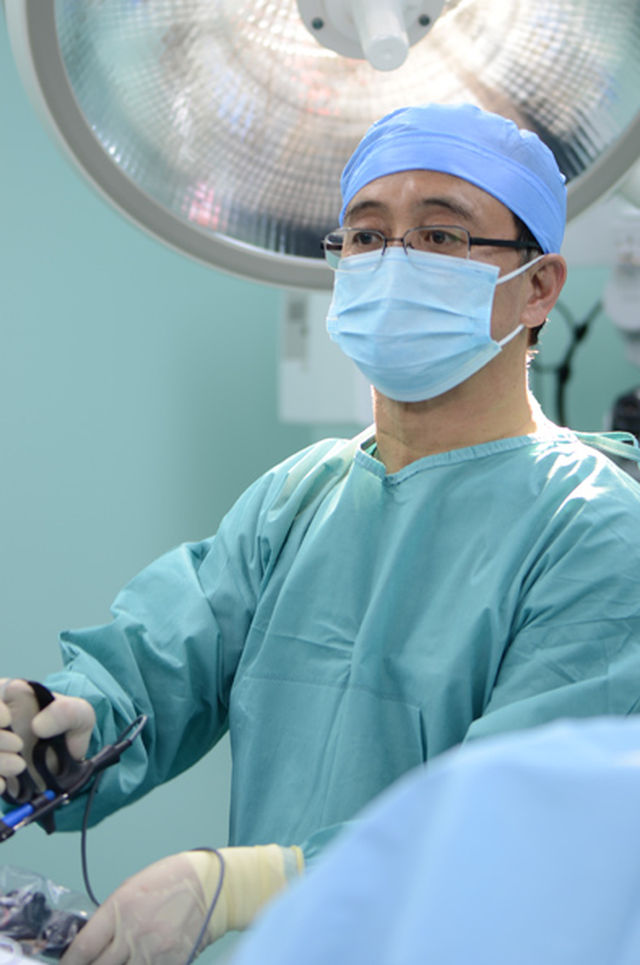
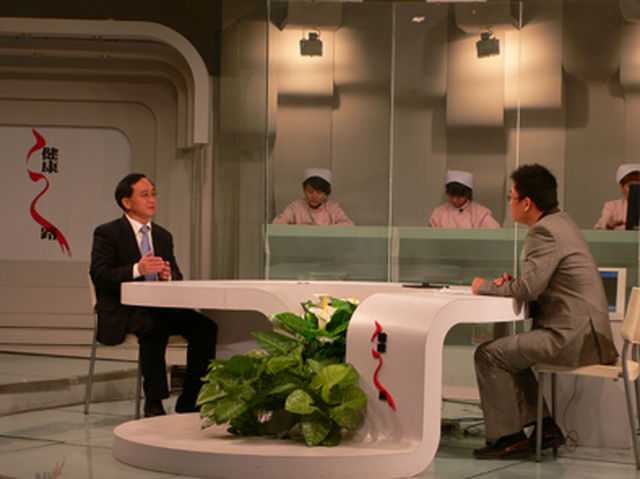

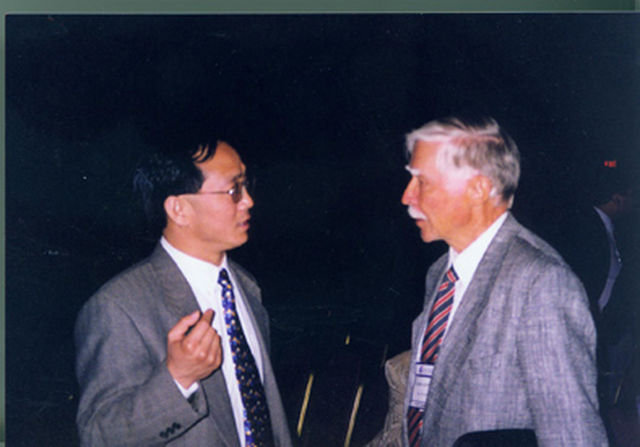
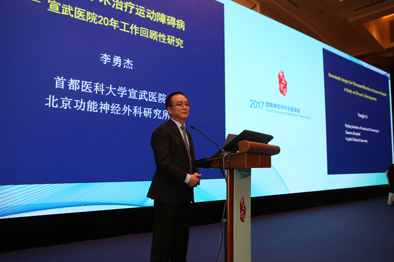
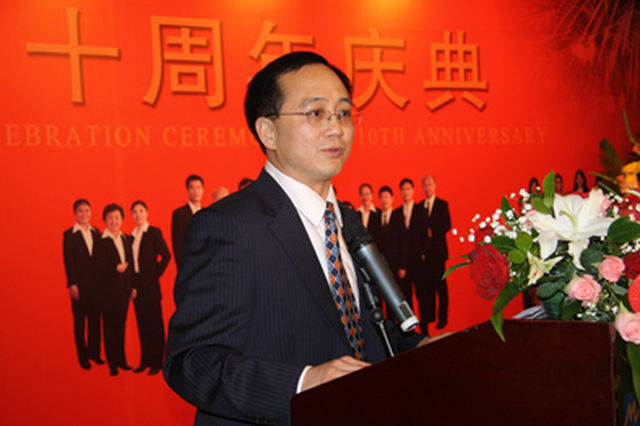
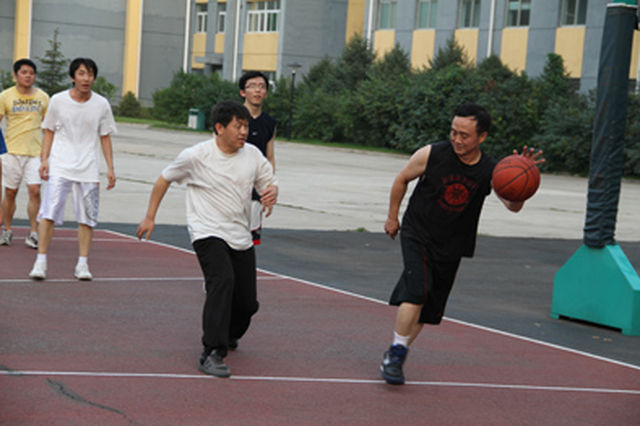
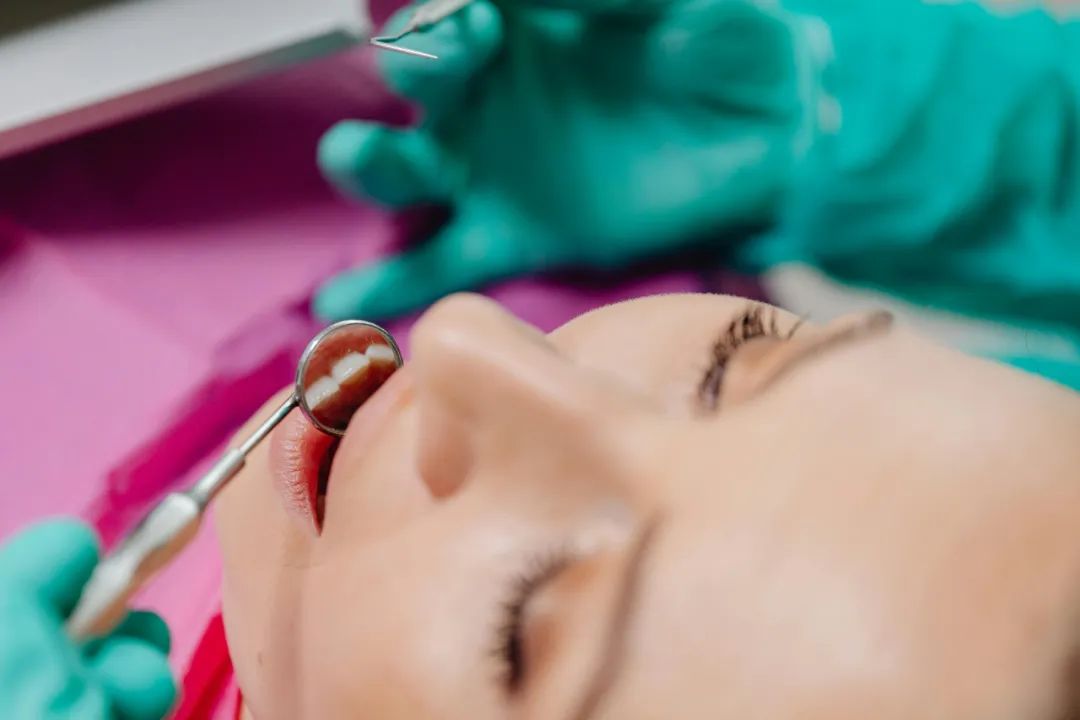
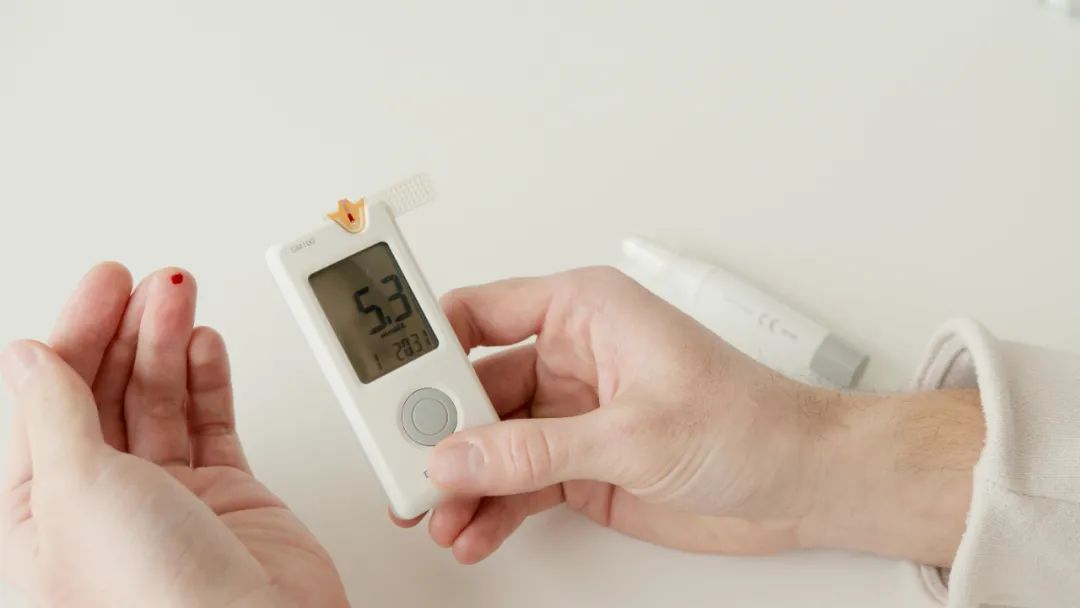
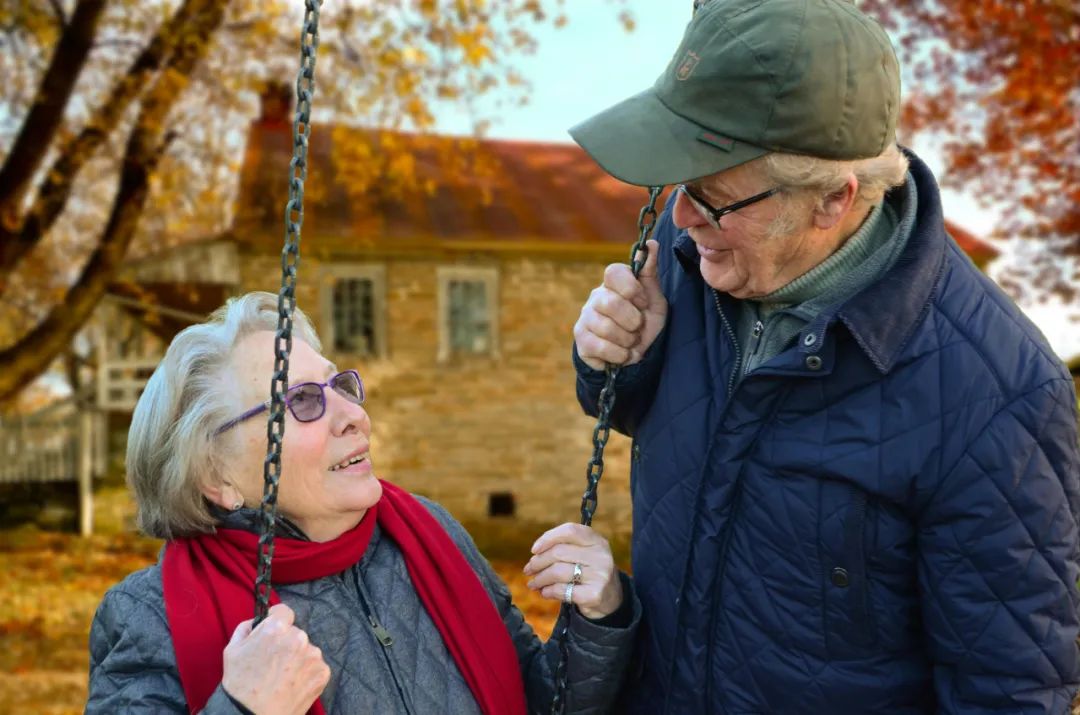





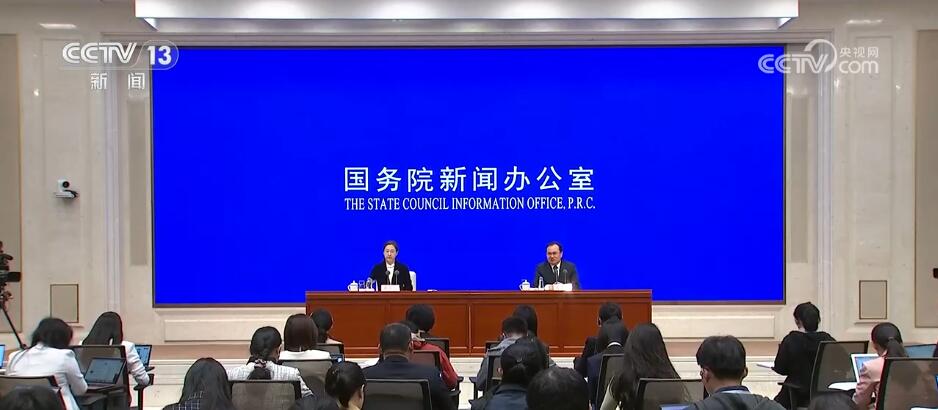

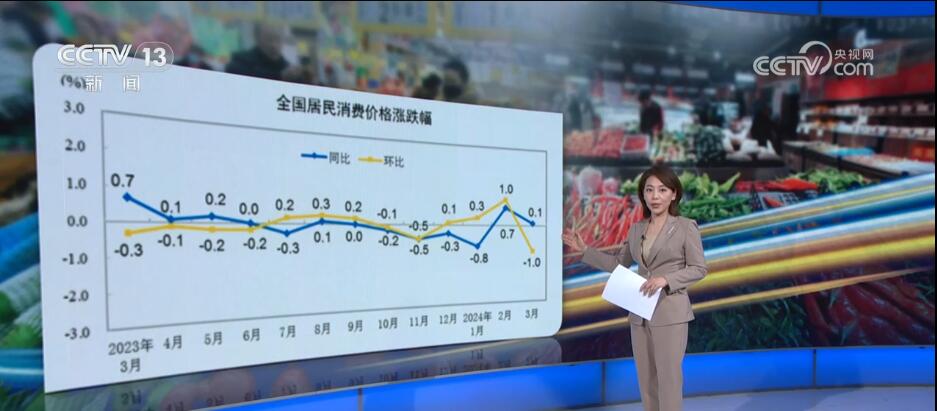
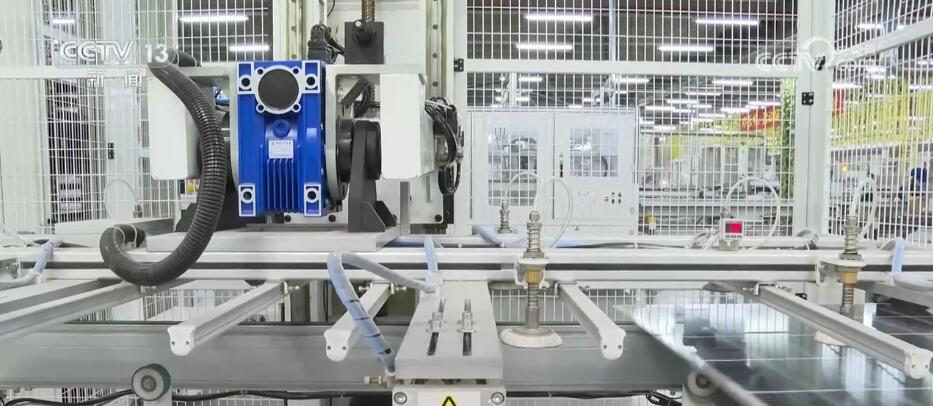
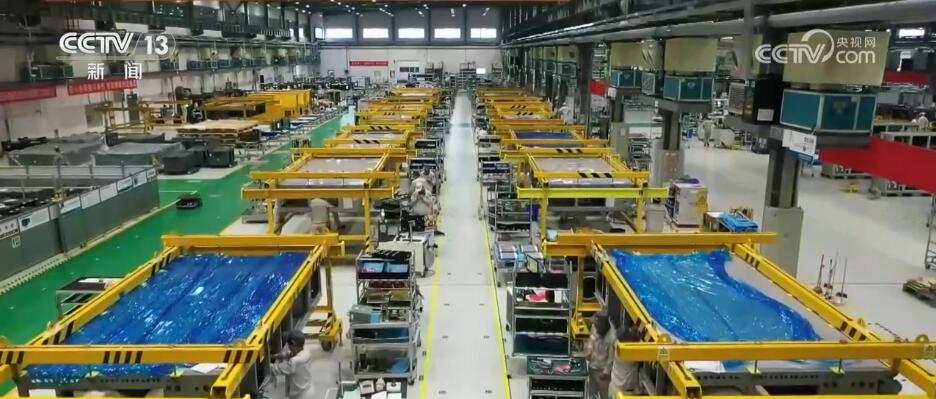

 Interesting pit finding and personalized work card making.
Interesting pit finding and personalized work card making.